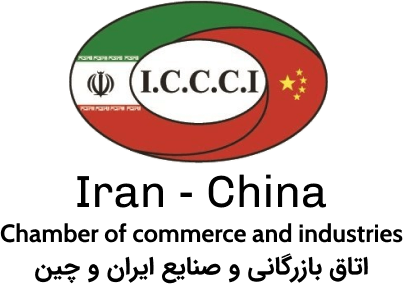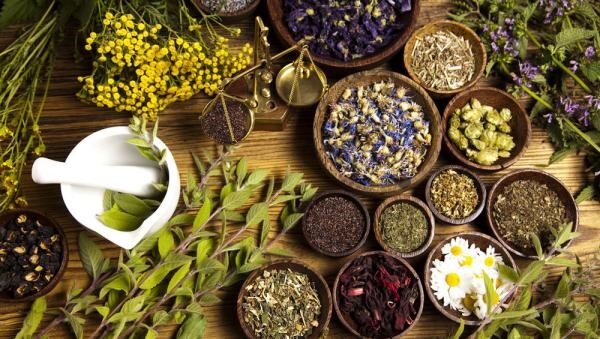As announced by a provincial official, medicinal plants were exported from North Khorasan province, in the northeast of Iran, for the first time.
Mohammad Rezaei, the director of plant protection in the province’s Agriculture Department, announced the export of three shipments of medicinal plants with the total weight of over 49 tons from the customs of this province in this month.
He said that the exported plants were mostly processed and named Germany as the export destination.
Last week, Hossein Zeynali, the director of Iran’s Agriculture Ministry’s medicinal plants national plan, announced that new regulations have been set for the export of medicinal plants.
He said that in the new export regulations, medicinal plants have been divided into three categories: prohibited, conditionally permitted, and cultivated.
New export regulations were formulated in accordance with the ecological, economic and technical conditions of medicinal plants of the country, he added.
The official further stated that this action has been taken due to the challenges and obstacles in the way of exporting medicinal plants due to some shortcomings of the past regulations.
Iran exported over 850 tons of medicinal plants since the beginning of current Iranian calendar year (March 21, 2023), an official with the country’s Natural Resources and Watershed Management Organization announced.
Tarahom Behzad, the director-general of the pasture affairs office of the organization, said that 14 natural climates are known in the world, of which there are about 11 climates in Iran, and it is the breeding ground of all kinds of medicinal plants.
So far, about 8,600 plant species have been identified in Iran, of which 2,300 species are medicinal and are directly used in the field of medicine, health and food supplements, the official added.
He said benefitting from a special climate and the area of about six million hectares of medicinal plant habitats is a very suitable opportunity for Iran for proper exploitation, more serious entry into the field of processing, creating employment, more specialized exports in the field of processed products, and earning foreign currency.
Although, problems such as not allocating an independent line of credit for the protection and modification of medicinal plants and boosting production of these plant, and the lack of necessary and expert personnel have caused the valuable and hidden capacities of this field to remain stagnant, the official lamented.
In mid-December, 2023, Hossein Zeynali, the director of the ministry’s medicinal plants national plan, announced that the production of medicinal plants in the country is anticipated to reach 450,000 tons in the current Iranian calendar year (ends on March 19).
He also announced that such plants are currently cultivated in near 260,000 hectares of land in the country.
According to the published statistics, 400,000 people are working in the production of medicinal plants in Iran.
Also, 32,000 people are working in packaging of these plants.
As stated by an official with the Ministry of Health, Iran holds some 40 percent share of the market for medicinal plants in the neighboring countries.
“A large volume of pharmaceuticals, supplements, food products, and beverages are exported to Iraq, Turkey, Georgia, Armenia, and Afghanistan,” IRNA quoted Hamidreza Banafsheh as saying in late October, 2023.
Iran is among the leading countries in the field of medicine and health technology, supplying 98 percent of pharmaceutical items to the domestic market, the official noted.
“Nearly 450 out of 1,400 knowledge-based companies are active in the field of herbal medicines, biotechnology, and food industries.”
He went on to say that the National Institute for Medical Research Development aims at expanding exports of medicinal products.
Since most of the raw materials for the production of herbal medicines are native to the country, these products can internationally compete with those of the other countries, he added.
Besides, some 15 to 20 percent of Iran’s herbal medicines are unique in the world. Iran has the capacity to introduce new herbal medicines to the world, he highlighted.
Producing and commercializing pharmaceutical plants are the best ways to introduce the rich resources of herbal medicines which, in addition to making foreign currency revenues for the country, will lead to the scientific authority of Iran in this field, he concluded.
According to the chairman of the Union of Medicinal Plants Exporters of Iran, the country’s export of medicinal plants can be increased through compliance more with the world standards.
Mohammad-Ali Rezaei Kamal-Abad stated that world standards are increasing due to the health-oriented consumption of herbal products, and failure to comply with these standards will lead to the return or destruction of these products.
“In the past years, poisons have entered the country, which are not only not used in other countries, but have also caused water and soil pollution in our country”, he lamented.
Referring to the importance of agricultural product export standardization, he added: “Standardization is done in our country, but this standardization is not up-to-date. With the coordination of ministries, expenditure and updating of information can help to standardize agricultural products and develop the export of these products”, he commented.
He said that having more than 11 climates out of 13 climates, Iran has 8,000 varieties of medicinal plants, which is at least twice as much as Europe.





